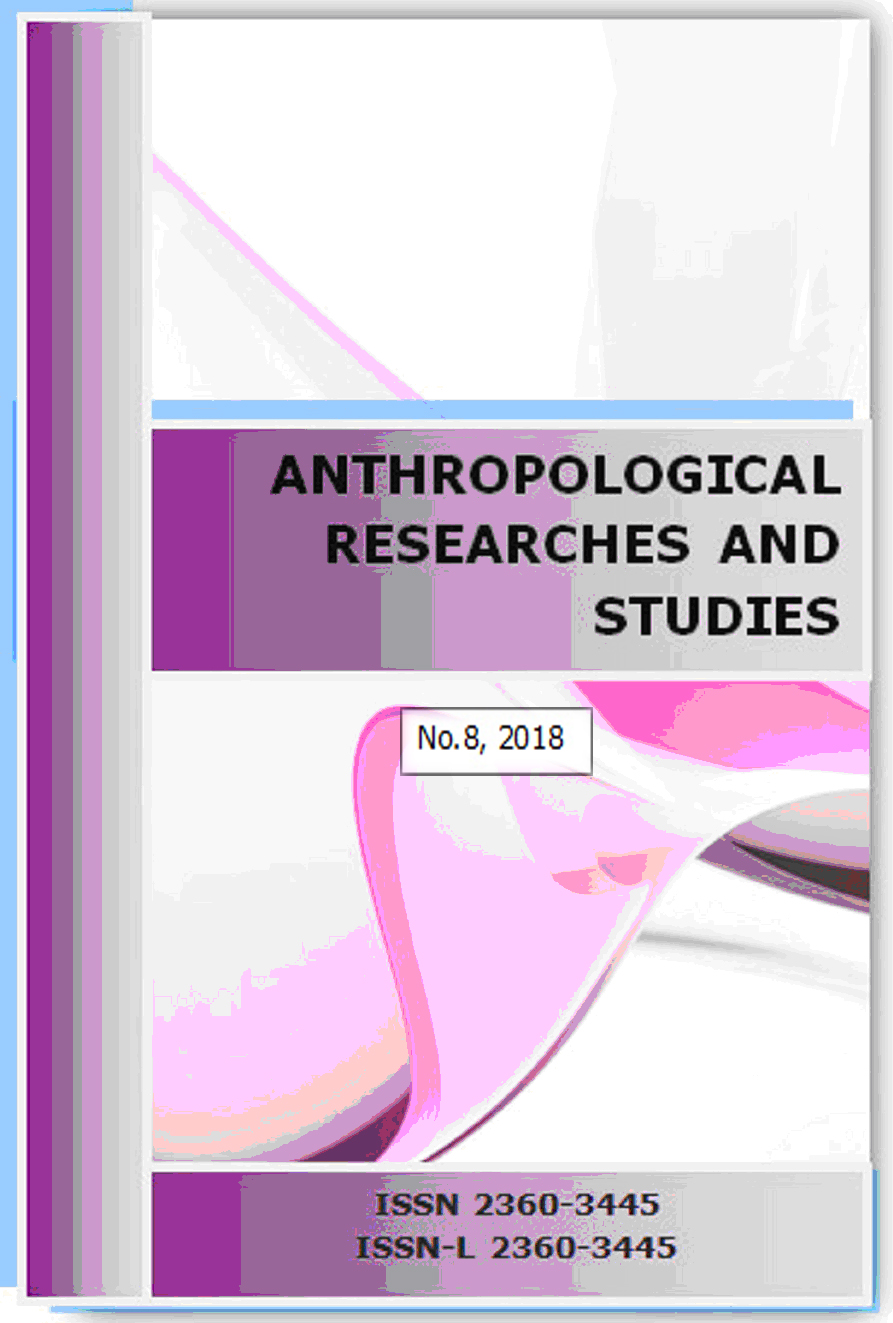An investigation of television programs that illustrates superstition and its effect on viewers
An investigation of television programs that illustrates superstition and its effect on viewers
Author(s): Arulchelvan SriramSubject(s): Social Sciences
Published by: Institutul de Antropologie ,,Francisc I. Rainer” al Academiei Române
Keywords: superstitions; TV programs; awareness; audiences; eradication.
Summary/Abstract: Objectives. Superstitious beliefs continue to plague the Indian society despite efforts from revolutionists and various organizations, who have used science to eradicate some beliefs. People with deep rooted superstitions face the risk of losing their families and livelihoods due to their over dependence on such beliefs. To overcome this problem, media are used to create awareness among people. This study aims to check whether non-fiction television programs on superstitions play a role in changing people’s mind-sets. Materials and Methods. Content analysis was done on non-fiction programs like Moondravathu Kan, Nambinal Nambungal and Marmam that aired during February and March 2016. Totally 40 episodes of the programs were analysed. The survey method was adopted to understand how superstitious content in Tamil television affected the audience. A purposive sampling technique was used to identify 132 respondents. Results. Majority of the content is related to religious beliefs and blind beliefs like magic healing, future prediction and black magic. These programs are produced based on information gathered from superstitious practitioners or the public and is telecast in a dramatized form. Almost 65% of the episodes use a neutral narrative tone passing no judgments on such beliefs. The survey revealed that around half of the respondents believe in superstitions. People believe that the majority of the stories are only partially true. Conclusion. Watching of these programs has resulted in superstitious beliefs being reinforced in few people and has stimulated interests in some people to know more about such superstitions rather than creating awareness on the negative effects. This study therefore recommends that programs focus on providing scientific explanations and having expert discussions that provide an in depth understanding of a superstition rather on simply showcasing a superstition.
Journal: Anthropological Researches and Studies
- Issue Year: 2018
- Issue No: 8
- Page Range: 285-302
- Page Count: 18
- Language: English

